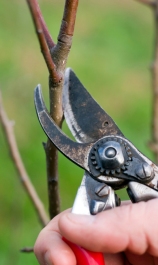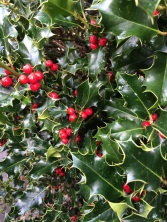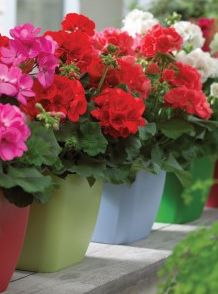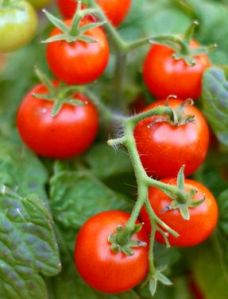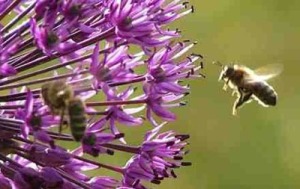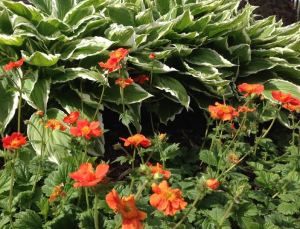It does amaze me to think how the plants recover from having a layer of snow on them for several days. Snow actually acts as insulator and can be beneficial when there are sharp drops in temperature during the Winter periods. This is only the case in moderation and can turn to be detrimental if over a longer period of time.
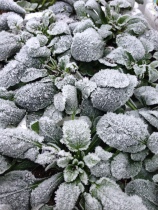 During longer periods of severe cold and when the soil becomes frozen, the roots of a plant are not able to take up moisture from the soil, which in turn causes desiccation and increases the risk of further winter damage.
During longer periods of severe cold and when the soil becomes frozen, the roots of a plant are not able to take up moisture from the soil, which in turn causes desiccation and increases the risk of further winter damage.
Frost, in particular, causes the water in plant cells to freeze, damaging the cell walls and producing either limp, blackened or even browning, as in the case with evergreens. Damage caused by frost can be more dramatic on an east facing aspect, as this causes them to defrost quickly, rupturing their cell walls. Ideally you would plant slightly tender or even tender plants where the temperature increase is gradual, such as an aspect which receives afternoon sun.
There are a few basic tips that can be followed to protect plants during this chilly Winter season:
Plants that grow low to the ground such as groundcovers, may need some protection by placing cloches or sheets of glass over them. This will ensure they do not get too much of the wet weather and also do not get completely covered by heavy snow.
Evergreen plants should be mulched heavily with materials such as gravel or bark, creating a thick insulating layer and increasing the temperature at the roots. Using bark is a good option for this, as it breaks down and acts as a soil conditioner as well. Use gravel if there are potential drainage concerns.
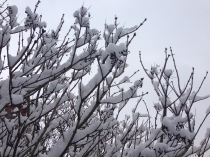 Other things to be mindful of are shaking off the excess snow from the branches of trees, shrubs and hedges. This prevents them from becoming disfigured by the weight of the snow.
Other things to be mindful of are shaking off the excess snow from the branches of trees, shrubs and hedges. This prevents them from becoming disfigured by the weight of the snow.
Avoid walking on snow-covered grass as this can cause damage to the lawn and make it more prone to fungal diseases.
Over the past three years, certain plants that were deemed perfectly hardy, have been the victims of the prolonged freezing temperatures of the previous harsh Winters. They include plants such as Cordylines and Palms. The moisture tends to collect in the crown of the leaves and freezes. If frozen for a long period, the cells rupture when it defrosts, causing the active growing tip to rot. Wrapping the leaves up with a few layers of fleece can ensure there is less accumulation of water or snow in the crown of the plants when temperatures drop to below freezing.
Tree ferns have a similar structure to both Cordylines and Palms and require a special Winter care regime. It is best practice to wrap the stem in a few layers of fleece, but stuff some straw under the fleece as an additional insulator. The crown is the most important part and will require a good stuffing of straw with more fleece wrapped between the leaves and around the crown. The leaves can be tied up so they are less exposed to the hard frosts.
With our Winters becoming increasingly harsher, it makes sense to understand what a plant goes through during this chilly time and our part, is to best prepare them for it.
Happy Gardening!
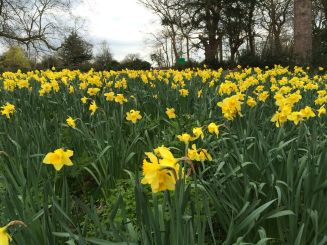 1. As the milder weather continues, take control of the weeds.
1. As the milder weather continues, take control of the weeds. 6. Choose your desired method, but try to keep the slugs and snails off the fleshy young growth.
6. Choose your desired method, but try to keep the slugs and snails off the fleshy young growth.
